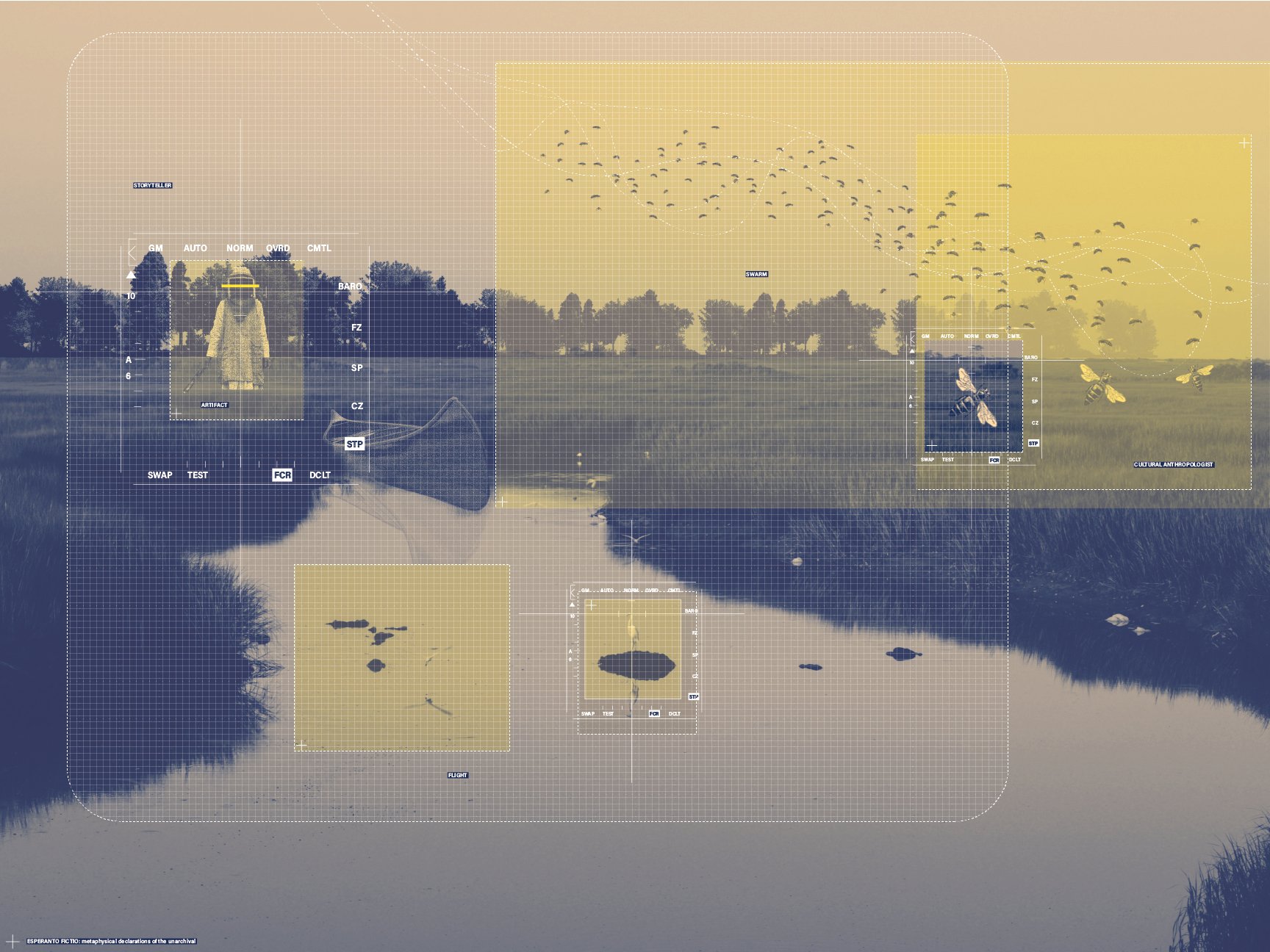



















The one-time surveyor general for the Southern District of North America, William De Brahm, wrote these words toward the end of his remarkable career of cartography quests. By the end of his life, De Brahm had shifted his energies toward discovering the higher purposes: revealing the mysteries of the universe to any who would listen and preparing the world and his soul for the forthcoming apocalypse. On his expedition to scripting the field guide to north American navigators [written in 1772], he encounters the mystic workings of the universe’s gaseous conditions within the bog [swamp] of the present-day Georgia-Florida border. His partner, who is never mentioned by name in the manuscript but referred to as juvenile expeditioner fails his cartography quest and slumbers deep within the clouded water haunting the inhabitants or those brave enough to enter the landscape today. William De Brahm commented on the matter indicating landscapes possess the threshold of possibility of touching the intangible realities. I, too argue the possibility of a landscape to alter one’s perception and one’s perception to alter a landscape in a symbiotic surveillance relationship. The eye of the underworld of the swamp, once a youthful lens, now as connected to the ripple of the canoe oar or the buzz of the bee releasing the secrets of traversing a landscape so fantasized.
The three conditions of the project: site, program, and metaphor each reacting to the other to convey that a landscape has the power to alter the inhabitant and provoke oneself in the action of storytelling or recounting an occurrence to express the interconnectivity of the cosmos. Although this transpires globally, the south as a distinct region, possesses the slow and honest expression of identifying the beauty of the unseen.
The first condition [SITE] the swamp where the mind is being reabsorbed into the matter on the Georgia Florida border; humanity’s imposition of language, order, and meaning being suffocated by the hands of nature. Where man is one member of the animal kingdom in short supply of a 438,000-acre wetland, where a scream only evokes a whisper to the moon, and where the insanity of incoherence reveals the deep-rooted fictional truths of a breathing landscape. In rudimentary architecture classes we are taught site is comprised of six key elements: those being line, form, sound, fragrances, color, and texture. While all those elements are important, I argue that site has the ability to broaden perspectives and engage spaces undesired or unwanted or lacking empathy to humanness.
The second condition [PROGRAM], or in this case the migratory beekeeper, arises due to humanity responding to climatic conditions. As bee colony lost increases annually, the migratory beekeeper moves across the United States from north to south to the western coast to provide pollinators for crop production. The beekeeper residing in the off season in a site such as the swamp provides opportunity for colony growth since water is nutrient rich, therefore, the beekeeper becomes a vessel for the release of universal understandings as the body voyages the southern landscape to the west coast on an annual cycle dictated by the lunar glow. The bee equally as fundamental for its prominence of underlying white noise and its anthropogenic commentary of natural systemic order. Each animal, bee and beekeeper, observe the swamp as the swamp observes them, cataloging or writing thee unspeakable occurrences or phenomenon.
The [METAPHOR], the last condition, supersedes dichotomy of the beekeeper/bee relationship into the overarching argument of the power of the storyteller and the power of the story. Each contesting traditionality of the discipline of design and promoting the reconceptualizing of representing space beyond a true spatial construct, the ability to exist in the fictional truth, the ability to exist in the drawing or the ability to exist in the story. To engage architecture that does not exclude the other conditions of being human [fears, hopes, dreams, the necessity for resolve] to legitimize the marginalized, the dream, the otherness, the south, the which that isn’t and that which might be. To ultimately, raise the lamplight to the eye in the field of darkness.
esperanto fictio: metaphysical declarations of the [un]archival
“Although these bogs transpire through their atmospherics Sublimations, yet they are too light, as to precipitate so near their Sublimitories, but are carried away by the Winds to distant Regions an so with the writings of the unimaginable.”